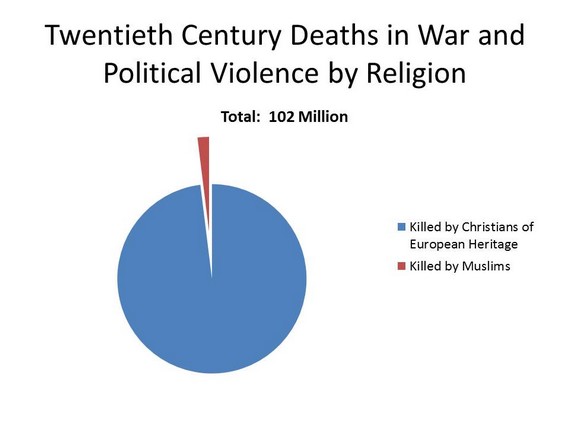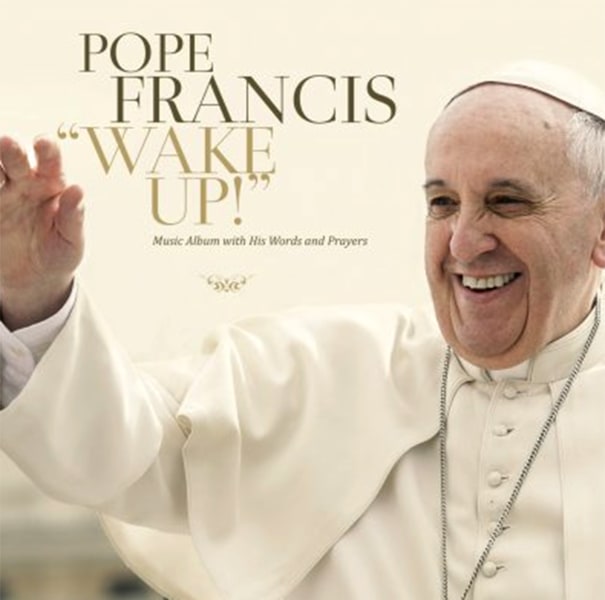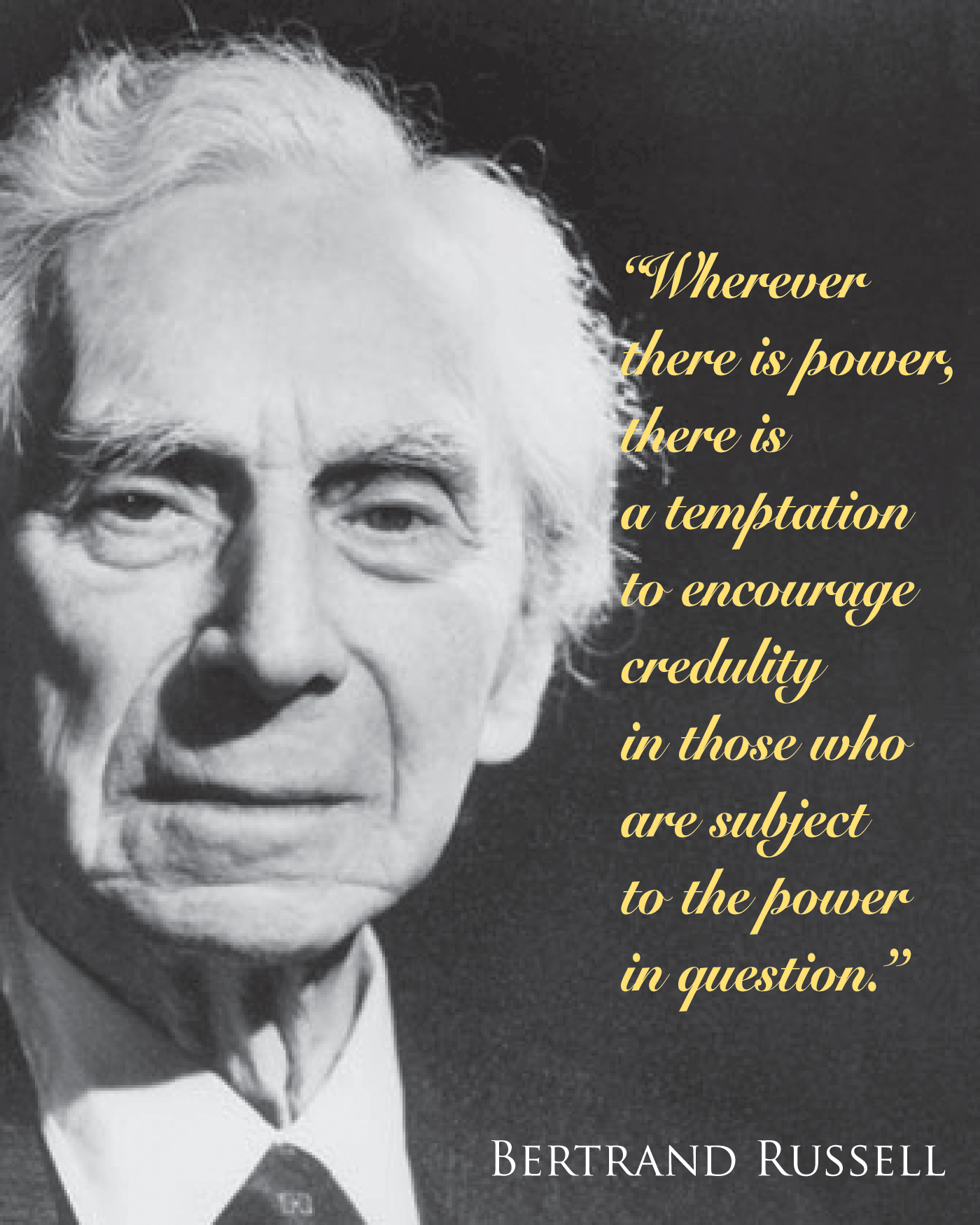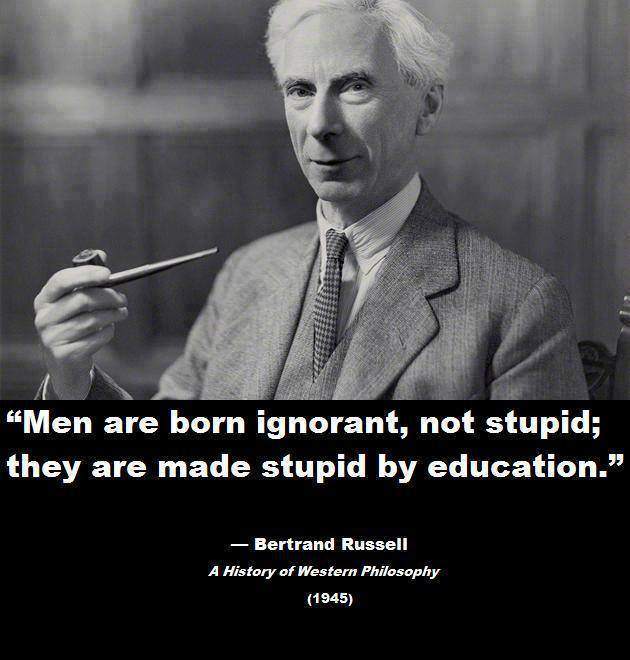In Philadelphia, Pope Francis challenges Americans to live up to nation’s ideals
PHILADELPHIA — Pope Francis made his way through jubilant crowds here Saturday, to the symbolic birthplace of the United States, where he challenged the country to renew the promise of its past, and then joined a gala nighttime celebration of the family.At Independence Hall, where the U.S. Constitution and the Declaration of Independence were signed, the 78-year-old pontiff reminded Americans, “it was here, that the freedoms which define this country were first proclaimed.”
Introduced by Aaron Copland’s “Fanfare for the Common Man,” the pope stood at a wooden lectern used by Abraham Lincoln for the Gettysburg Address in November 1863, and told the crowd assembled on Independence Mall that “history also shows that these or any truths must constantly be reaffirmed, re-appropriated and defended.”
And the Argentine-born son of immigrants from Italy told Hispanics living in the United States: “Never be ashamed of your traditions. Do not forget the lessons you learned from your elders, which are something you can bring to enrich the life of this American land.”
Then, before another large crowd on the city’s Benjamin Franklin Parkway, he joined a glittering salute at the church’s World Meeting of Families, where he was serenaded by soul queen Aretha Franklin, and the Philadelphia Orchestra, and heard stories of families from around the word. Then he threw out his scripted remarks and extolled the virtues of traditional families in an animated address that continued until 9:30 p.m.
Shouts of “Viva, Papa!” attended him everywhere on a day when he spent considerable time waving to crowds and interacting with the faithful.
The speech at Independence Hall was the pope’s third major address — he previously spoke before Congress and the United Nations — in which he urged his listeners to remember the downtrodden in a world that has forsaken many people in the pursuit of wealth and power.
This time he stressed the importance of freedom of religion, enshrined in the Constitution’s First Amendment. He spoke alongside U.S. Catholic bishops deeply concerned about the way court rulings on gay rights and federal health-care expansion are affecting Catholic hospitals, schools and nonprofit entities.
“In a world where various forms of modern tyranny seek to suppress religious freedom, or try to reduce it to a subculture without right to a voice in the public square, or to use religion as a pretext for hatred and brutality, it is imperative that the followers of the various religions join their voices in calling for peace, tolerance and respect for the dignity and rights of others,” Francis said.
On his first-ever trip to the United States, the pope arrived in this deeply Catholic region with a message of hope and renewal. He sought to energize the faithful and reengage those who have fallen away from the church.
At the majestic Cathedral Basilica of Saints Peter and Paul, a brownstone fortress built during the anti-Catholic strife here in the mid-19th century, the pontiff celebrated Mass on Saturday morning and called on Catholics to strengthen their faith and their institutions.
“We know that the future of the church in a rapidly changing society will call, and even now calls, for a much more active engagement on the part of the laity,’’ he told parishioners in Spanish.
“One of the great challenges facing the church in this generation is to foster in all the faithful a sense of personal responsibility for the church’s mission,’’ he said.
The pontiff’s presence in Philadelphia set off joyful celebrations among many of his followers, tens of thousands of whom braved suffocating security to glimpse him and hear his message.
Latin American pilgrims lined Benjamin Franklin Parkway, singing, dancing and praying to welcome the first Latin American pope.
Carlos Huertas, a native of Guatemala who lives on Long Island, arrived about 2:30 a.m. Saturday with 100 fellow pilgrims.
“He knows our culture. He speaks our language. There is new hope for all immigrants. He said he was an immigrant, too. What he will do for immigrants is a big question. We’re here and want the papers to stay,” said Huertas, 48, a handyman and landscaper.
Chris Hood, a theology instructor at a Jesuit college in New York, stood by several giant portraits of Francis on a city sidewalk.
“I’m just soaking up the pope,” he said. “He radiates pure joy.”
Yet there were also reminders of the challenges Francis faces in reinvigorating a U.S. church deeply wounded by the clergy sex-abuse scandal.
“Francis: abuse victims forgotten,’’ read a placard outside the basilica.
The birthplace of American liberty was on virtual lockdown to greet Francis.
The pope’s American Airlines charter plane, dubbed Shepherd One, arrived at Philadelphia International Airport just before 9:50 a.m. to cheers from the small group of people waiting amid tight security. The pope smiled, waved, stiffly descended the steps and plunged into a waiting group of dignitaries that included local church officials and Philadelphia Mayor Michael Nutter.
But the pope reserved his greatest affection for the young and the afflicted. He hugged 8-year-old Gabrielle Bowes, daughter of former Philadelphia police officer Richard Bowes, after she presented the pope with a bouquet of white flowers. Bowes was shot and injured in the line of duty in 2008.
As the pope’s car was about to join his motorcade to leave the airfield, he stopped, got out and greeted a group of people craning to see him from behind a security barrier. Among them was Michael Keating, 10, who was in a wheelchair. His mother cried as Francis greeted her son.
The pope’s motorcade then slowly drove toward the basilica for the Mass. Relatively few people lined the streets, which were guarded by a mass of city police, suburban police, the National Guard and federal agents — who earlier in the morning had outnumbered those waiting to see the pontiff.
Since more than a third of the Philadelphia area’s 4 million residents are Catholics, the pope was expected to draw huge crowds.
Francis arrived at the basilica at 10:15 a.m. to screams from his many fans lined up outside.
“I got him!” announced Annette McGovern, 56, using a thumb and finger to expand her iPhone photo of the pope entering the basilica. Everyone outside the building was comparing shots, hoping to find between the craning heads and upheld cellphones a digital image of a distant figure in a white robe.
But not everyone shared in the joy of the pope’s presence. The placard outside the basilica about the sex-abuse scandal was stenciled by Robert Hoatson, a 63-year-old former priest whose group, Road to Recovery, works with victims of clergy sexual abuse and who says he is a victim himself.
Hoatson, who lives in West Orange, N.J., said he followed the pope to Washington, New York and now Philadelphia with his message of holding the church “accountable” for the abuses.
It was not clear whether Francis will meet with survivors before he leaves for Rome on Sunday. On Wednesday at the Cathedral of St. Matthew the Apostle in the District, he praised the “courage” and “pain” of U.S. bishops in dealing with the scandal. That prompted rebukes from some victims’ advocates, who criticized the pope as offering comfort and sympathy to the bishops while saying little to address the suffering of survivors of sexual abuse by clergy.
“It’s a tough week to be a victim,” said Barbara Dorris, spokeswoman for Survivors Network of Those Abused by Priests. “They feel like once again they’ve been forgotten.”
But others found inspiration in the pope’s being driven in a humble Fiat, and his open manner and self-effacing requests that the faithful “pray for me.”
One of them was Chris Hood’s wife, Maureen, who described herself as a lapsed Catholic who had nearly given up on the church.
“I had one foot out the door, with all the scandals, the hypocrisy, the pomp and circumstance,” said Maureen Hood, 42.
But Francis, she said, has reinvigorated her faith: “I stayed because of him.’’
Her daughter Madeline, 11, put her feelings simply. “He makes me feel proud to be a Catholic,” she said.
Julie Zauzmer, Abigail Ohlheiser, Michelle Boorstein, Sarah Pulliam Bailey, Joe Heim, Terrence McCoy, Pamela Constable, Arelis R. Hernández, Jake Blumgart and Emily Guendelsberger contributed to this report.


























































